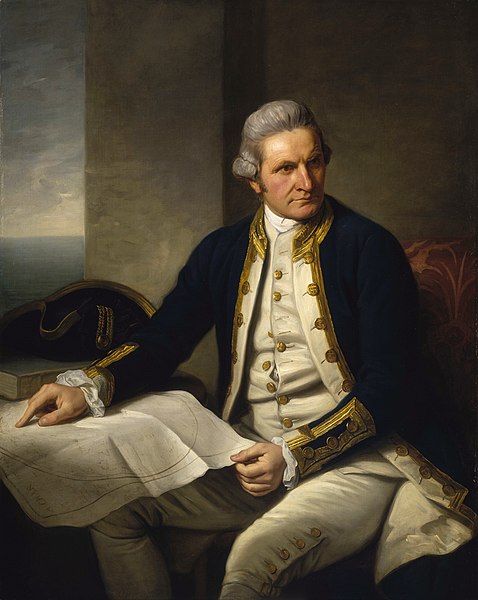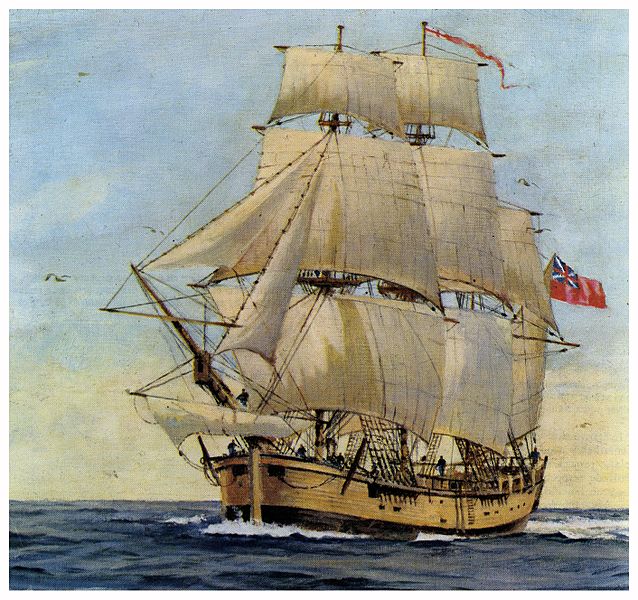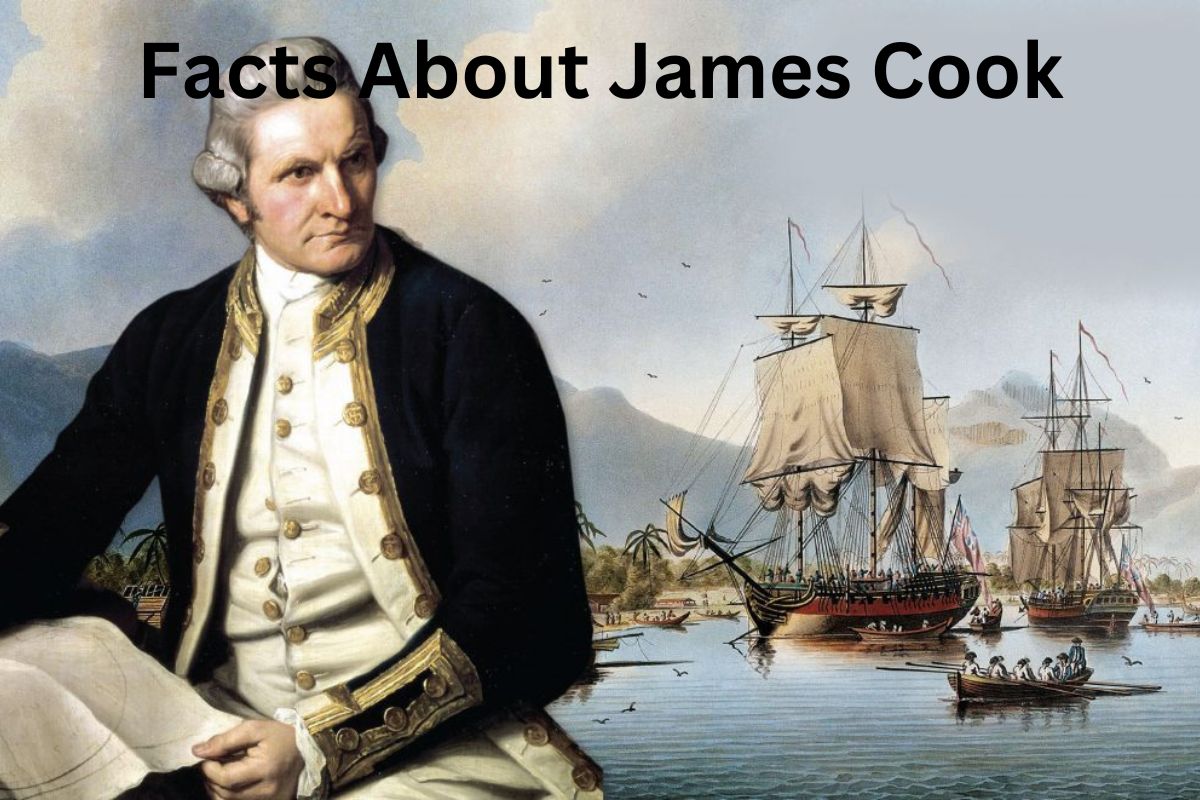James Cook was an 18th-century explorer who made significant contributions to the field of navigation and cartography. He was a British naval officer who sailed on three major voyages to the Pacific Ocean, during which he charted previously unknown territories and made important scientific discoveries. Cook’s voyages were instrumental in expanding the knowledge of the world and its inhabitants.
Cook joined the Royal Navy at the age of 26 and quickly rose through the ranks. He was chosen to lead an expedition to the Pacific Ocean in 1768 to observe the transit of Venus across the sun.
This voyage was followed by two more, during which Cook discovered the Hawaiian Islands, charted the east coast of Australia, and explored many other parts of the Pacific.
Cook’s voyages were not only important for navigation and cartography but also for the scientific observations and discoveries made during them.
Despite his many accomplishments, Cook’s legacy is not without controversy. His Hawaiian skirmish in 1779, during which he was killed, has been criticized by some as an example of colonialism and violence.
Nonetheless, Cook’s contributions to the exploration and scientific understanding of the world remain significant and continue to be studied and celebrated today.
James Cook Facts
1. James Cook was born on October 27, 1728, in Marton, Yorkshire, England
James Cook was born on October 27, 1728, in the village of Marton, Yorkshire, England. Marton, located in the northern part of England, was a small farming community. Cook grew up in a modest household, and his family had a strong maritime tradition, with several of his relatives working as fishermen.

2. He began his career as a ship apprentice in Whitby, England
At the age of 17, Cook began his maritime career as an apprentice to a shipowner in the bustling port town of Whitby, England.
Also Read: James Cook Accomplishments
Whitby was known for its shipbuilding and seafaring activities, and Cook’s apprenticeship provided him with a foundation in navigation, seamanship, and the operations of a ship. During this time, he gained valuable experience sailing along the English coast and across the North Sea.
3. Cook served in the Royal Navy during the Seven Years’ War
Cook’s naval career took shape during the Seven Years’ War (1756-1763), a conflict fought primarily between Britain and France. He joined the Royal Navy in 1755 and served on several ships, rising through the ranks.
Cook’s skills in surveying and mapping became evident during this period, as he was involved in creating detailed charts of the coasts of Newfoundland and Labrador in eastern Canada. These early experiences laid the groundwork for his future accomplishments in exploration and cartography.
4. He led an expedition to the Pacific Ocean in 1768
In 1768, James Cook was chosen by the Royal Society, a prestigious scientific institution in England, to lead an important expedition to the Pacific Ocean.
The primary goals of this voyage were to observe the transit of Venus across the sun and to search for the elusive southern continent known as Terra Australis Incognita.
The expedition was sponsored by the British Admiralty, and Cook was given command of the HMS Endeavour, a small ship specially equipped for scientific exploration.

5. Cook’s first voyage was aboard the HMS Endeavour from 1768 to 1771
Cook’s first voyage, also known as the First Voyage of Discovery, lasted from 1768 to 1771. The Endeavour set sail from Plymouth, England, and made its way to Tahiti, where the observations of the Venus transit took place in 1769.
Afterward, Cook continued his exploration, charting the islands of the Society Islands, New Zealand, and the eastern coast of Australia. Notably, James Cook’s expedition became the first recorded European contact with the eastern coast of Australia, and he claimed the territory for the British Crown, naming it New South Wales.
6. He charted the coastlines of New Zealand and eastern Australia
During his first voyage, Cook made significant contributions to the understanding of geography, navigation, and natural sciences. He meticulously charted coastlines, navigational routes, and hazards, producing detailed and accurate maps.
Cook also documented previously unknown species of plants and animals, collected botanical specimens, and recorded observations on the indigenous cultures he encountered.
His meticulous records and charts laid the foundation for future exploration and colonization in the Pacific region and provided valuable scientific data to the Royal Society.
7. Cook’s second voyage took place from 1772 to 1775, exploring the southern ocean
Cook’s second voyage, known as the Second Voyage of Discovery, took place from 1772 to 1775. This expedition aimed to explore the southern ocean and search for the southern continent. Cook commanded the HMS Resolution, accompanied by the HMS Adventure.
The expedition ventured south, crossing the Antarctic Circle, but harsh weather conditions and the presence of ice prevented them from sighting the Antarctic continent. Nevertheless, Cook’s meticulous observations and navigational skills significantly contributed to our understanding of the southern latitudes.
8. His third voyage occurred from 1776 to 1779, aiming to find a northwest passage
Cook’s third and final voyage, known as the Third Voyage of Discovery, occurred from 1776 to 1779. The primary objective of this expedition was to find a northwest passage—a sea route connecting the Atlantic and Pacific Oceans through the North American continent.
Cook commanded the HMS Resolution once again, accompanied by the HMS Discovery. The expedition explored the Pacific coast of North America, from present-day Oregon to Alaska.
While Cook made significant progress in mapping the region, including the accurate charting of the Alaskan coastline, he was unable to locate the northwest passage.
9. Cook made significant contributions to scientific knowledge
James Cook’s voyages greatly expanded scientific knowledge in various fields. He and his crew conducted extensive observations of celestial bodies, enhancing astronomical understanding.
Cook’s botanists and naturalists collected numerous specimens, providing valuable insights into the flora, fauna, and ecosystems of the regions visited. Additionally, Cook’s encounters with indigenous peoples provided valuable ethnographic information, fostering greater understanding of diverse cultures.
10. He died in a skirmish with Hawaiian islanders in 1779
Unfortunately, Cook’s life came to a tragic end. During his third voyage, tensions escalated between the crew and the indigenous people of the Hawaiian Islands. On February 14, 1779, a skirmish erupted between Cook’s men and the Hawaiians on the beach of Kealakekua Bay.
In the midst of the conflict, Cook was struck and killed. His death was mourned by the British Empire, as he was widely respected for his navigational skills, leadership, and contributions to science.
Cook’s legacy as one of the greatest explorers of his time endures, and his voyages continue to inspire exploration and maritime endeavors.
